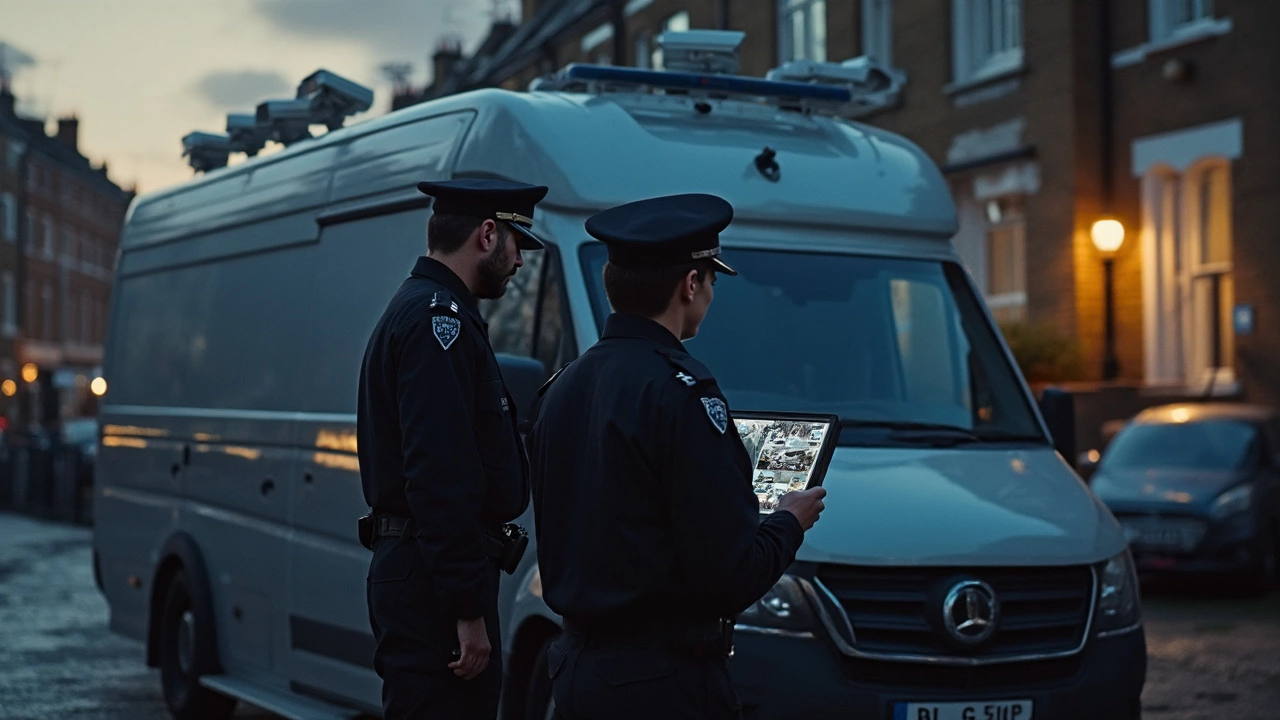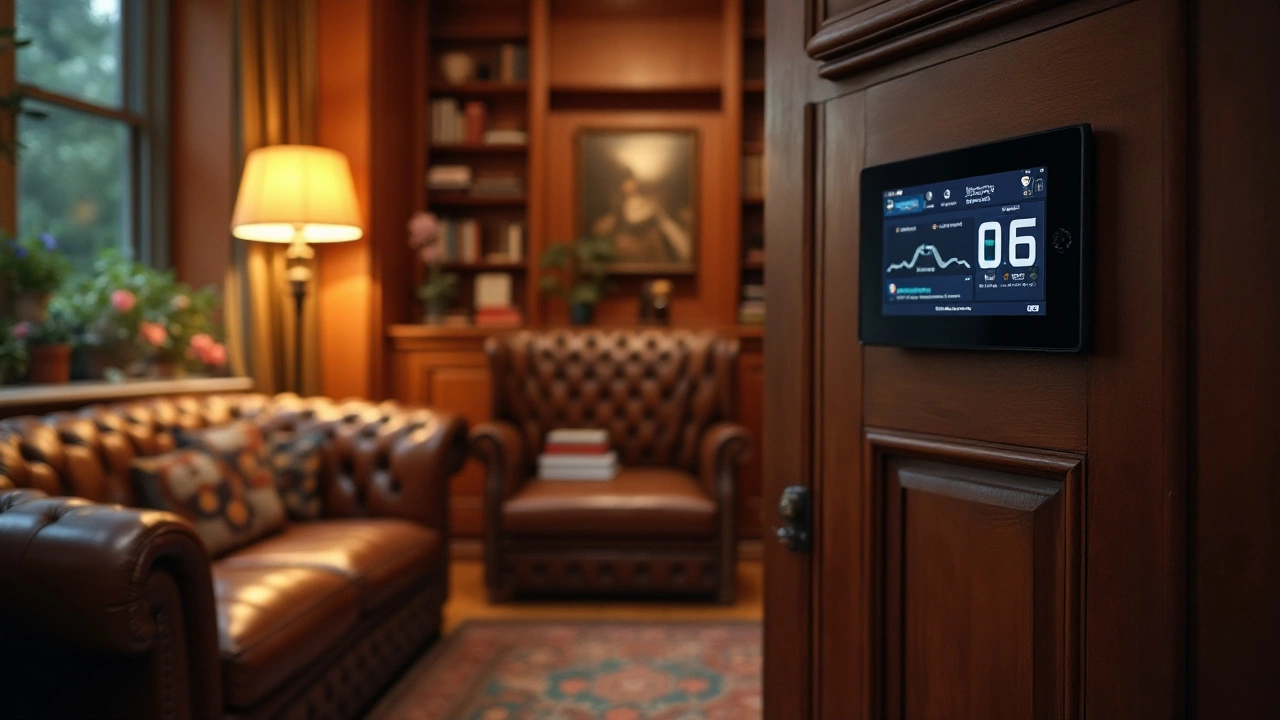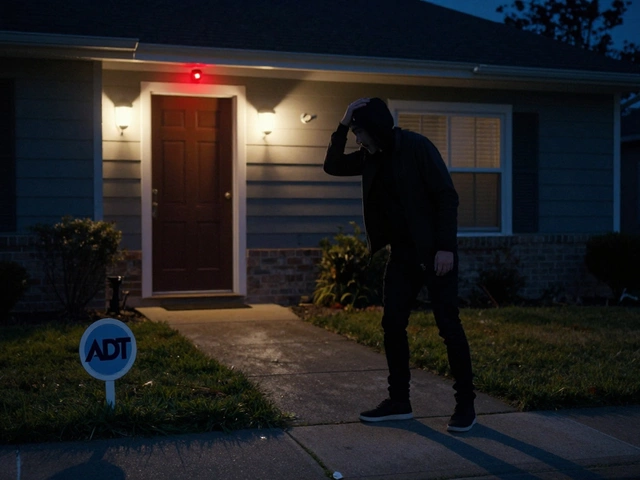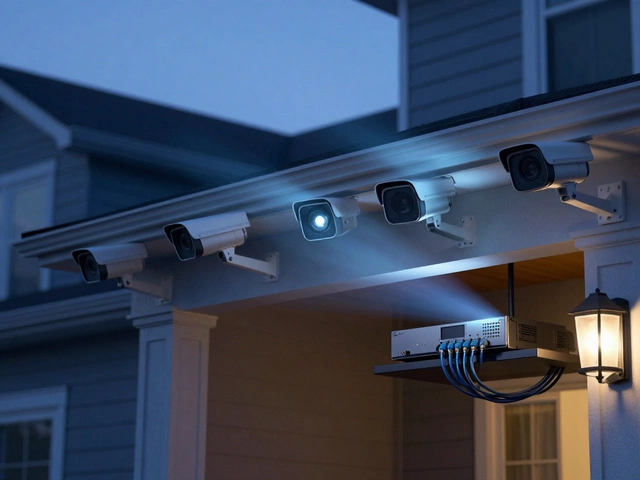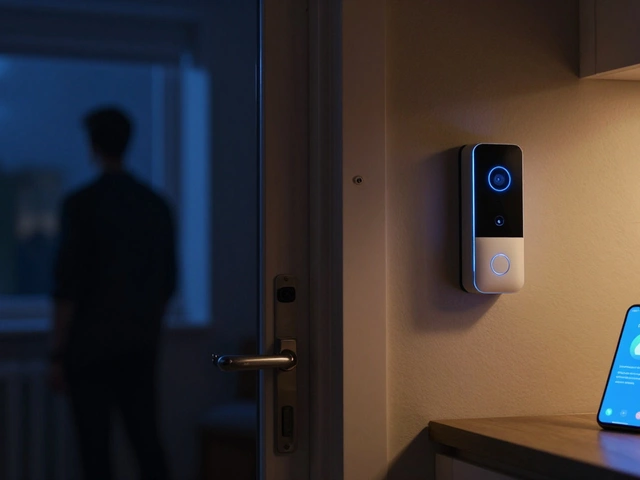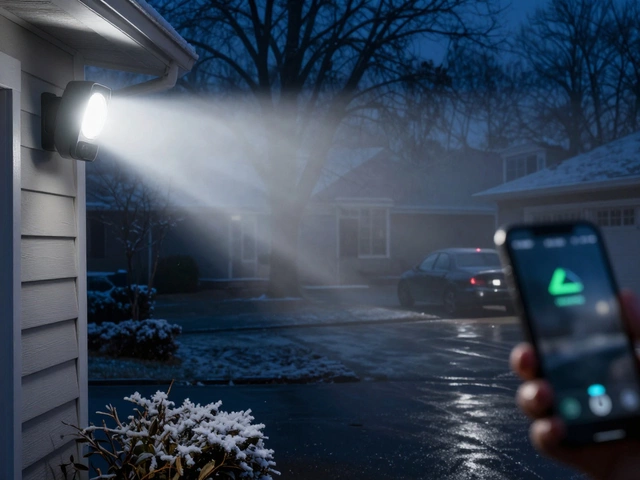Technology Guides for Home Security 2025 – Latest Tips & Reviews
Looking for the newest tech that actually makes your home safer? You’ve landed on the right place. This page pulls together everything from smart doorbells and Wi‑Fi cameras to baby monitors and ADT systems, all with a practical focus on what works in the UK today.
Smart Doorbells and Video Surveillance
Smart doorbells are the front‑line defenders of your porch. The big question most people ask is whether they need wiring. The short answer: you can go wired for reliable power, but battery‑run models are getting better each year. If you pick a battery doorbell, check the transformer voltage in your home—most UK setups use a 12‑15V AC supply, and a good battery can last 6‑12 months depending on usage.
Wi‑Fi is the lifeline for video feeds. A strong connection means you’ll see clear footage and get instant alerts. If your internet drops, most doorbells keep recording locally for a short window, but you’ll miss remote notifications. To avoid that, pair your doorbell with a backup power source or choose a model that stores clips on an SD card.
Privacy worries are real. Neighbours sometimes complain about cameras pointing into their yards. A quick angle tweak and the use of motion zones can keep you compliant with UK privacy laws while still catching intruders.
Wireless Cameras, Baby Monitors & More
Wi‑Fi security cameras sound handy, but they bring two big risks: hacking and signal loss. Always change the default password, enable two‑factor authentication, and keep firmware up‑to‑date. If you need a truly reliable setup, consider a wired Ethernet connection or a hybrid camera that records to local storage as a safety net.
Baby monitors have also gone smart. The best ones in 2025 connect to your phone, offer two‑way audio, and include lullaby features. Look for a monitor with a range of at least 300 ft in a typical house; obstacles like walls can cut that down, so placing the main unit centrally helps.
Motion sensors come in PIR, microwave, and dual‑tech varieties. PIR sensors detect heat signatures and are great for indoor rooms, while microwave sensors cover larger outdoor areas but can be triggered by cars or pets. Dual‑tech combines both, reducing false alarms—perfect for busy households.
For whole‑home protection, ADT still offers solid monitoring, but it now works without constant internet for basic alarm functions. The system will still send alerts via the cellular network, though video streaming needs a connection.
All these gadgets share a common thread: they’re only as good as the installation. A quick checklist before you finish any job—check power source, test Wi‑Fi strength, confirm motion zones, and verify that notifications reach your phone—can save you headaches later.
Whether you’re upgrading an old alarm, adding a Ring doorbell, or choosing the best baby monitor for a growing family, the goal stays the same: get reliable alerts, keep your data safe, and avoid unnecessary false alarms. Use the guides linked on this page to compare wired vs. battery, Wi‑Fi risks, and subscription costs, then pick the devices that fit your budget and lifestyle.
Got a specific question about a product? Drop a comment on the article that catches your eye. The community and our experts are ready to help you make the right tech choice for a safer home.

